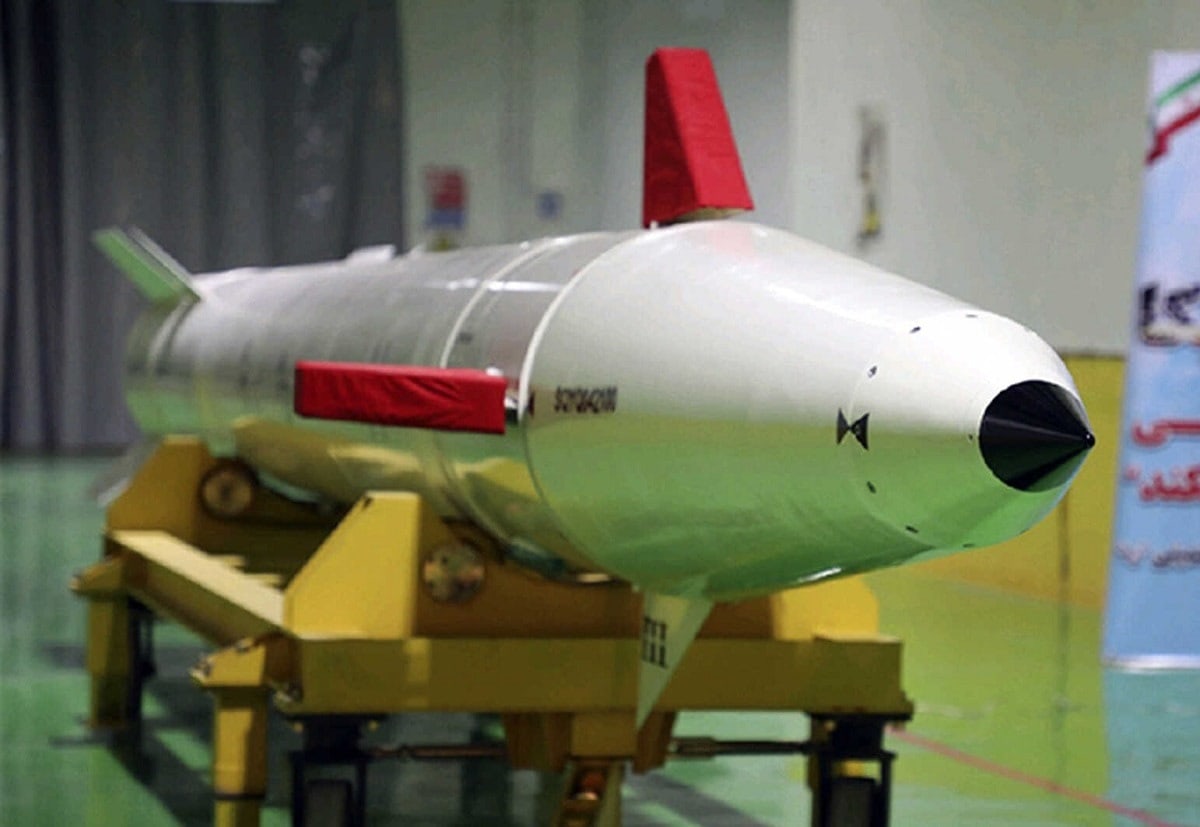Rumors swirl that Iranian Supreme Leader Ali Khamenei is on his deathbed after a medical emergency forced his aircraft to divert to Semnan. Khamenei’s health has deteriorated for several years. He remains partially paralyzed due to a 1981 assassination attempt. In 2014, he survived prostate cancer surgery. The 82-year-old has appeared weak in increasingly sporadic public appearances.
Iran, like the Soviet Union, is opaque regarding the health of its senior officials. The Iranian government will choose silence over acknowledgment of poor health if the prognosis is uncertain. At present, its prognosis is deafening.
That said, the supreme leader is the undisputed power in Iran until now. European diplomats and the Biden administrated waited anxiously this month after sending a “final offer” for Khamenei’s approval. True to form, Khamenei refused, rightly guessing that European and American negotiators would not take no for an answer and sweeten the pot further.
It is time that Special Envoy Rob Malley and his European counterparts return home. With the supreme leader unwell and no clear successor, the last thing the White House should do is pursue any policy that pours tens of billions of dollars into an Iranian system whose leadership is uncertain.
There are many likely scenarios as to the immediate aftermath of Khamenei’s death.
- Transition could be quick, slow or not at all. In theory, the Assembly of Experts chooses the next leader but they could take days, weeks, or months. Perhaps a singular candidate will consolidate control quickly, or perhaps those who suspect they cannot triumph will filibuster any choice.
- President Ebrahim Raisi and/or Khamenei’s son Mojtaba could succeed to the leadership individually or together. Or, a compromise could emerge. After all, until just a few months before Ayatollah Ruhollah Khomeini’s 1989 death, all bets were on Grand Ayatollah Husayn Ali Montazeri whose candidature collapsed amongst clerical intrigue. Factional competition can manifest itself in violence not only on the Iranian street, but also as terrorism abroad as candidates compete to be the most hardline.
- The Islamic Revolutionary Guard Corps might tire of operating behind the curtain and simply seize power for themselves. After all, they will be loath to sacrifice control over Iran’s nuclear program, most powerful military, and economy to any new leader. The question then becomes whether Iran would be a military dictatorship akin to Egypt or just a continuation of an ideological Islamic Republic absent a clerical figurehead.
- In no scenario, however, is stability certain. When Khamenei dies, Tehran will be the prize. The Revolutionary Guards may lock down the capital, leaving a comparative vacuum along Iran’s periphery, a likelihood from which numerous ethnic groups and neighboring states might seek advantage. Welcome to civil war.
- Of course, Iranians might surprise. They are immune to empty Islamist promises. Khomeini, after all, promised an Islamic democracy but delivered neither. Iranians understandably feel that the clerics burned them. History might also support a liberal solution. Between 1905 and 1911, Iran had its own indigenous experience with democracy, albeit under a monarchy. Iranians would not consider liberal democracy to be a foreign imposition. Reza Pahlavi, the son of the late shah, remains a tremendously popular figure, even if more as a unifier and senior statesman than as a potential monarch. Still, even if the majority of Iranians now look at his father’s reign as a golden era, they must still contend with a well-resourced Revolutionary Guard willing to impose through force what they have never achieved in hearts-and-minds.
Because of the stranglehold the Revolutionary Guards and senior clerics have over the economy, any sanctions relief or new investment now would disproportionately favor the consolidation of power by Iran’s most hardline elements.
Rather, as Iran enters a period of internal turmoil, the best strategy for the West would be to hold sanctions relief at bay, denying it to those at war with a liberal order and utilizing it as leverage to benefit those who seek to reintegrate Iran into the world as a normal nation-state. It would be immoral to pour billions of dollars into Iran when leadership is uncertain. To do so would only fuel civil war.
The White House and State Department need imagination. The Islamic Republic was never the natural pinnacle of Iranian political evolutionary; rather, it was an anomaly. The Middle East might be far different if the Islamic Republic did not exist. Imagine a region where the spirit of the Abraham Accords and mutual coexistence predominated and where the financial teats supporting Hezbollah, the Houthis, and Iraq’s most retrograde militias ran dry.
Biden may want to achieve a nuclear deal, but he and the broader bipartisan policy community should not confuse a temporary deal with the big picture: Khamenei’s death will be a watershed, for bad or for good. If the Biden administration hopes to preside over a new, peaceful order, then it is essential to take a pause on nuclear talks until a new post-Khamenei government forms.
Now a 1945 Contributing Editor, Dr. Michael Rubin is a Senior Fellow at the American Enterprise Institute (AEI). Dr. Rubin is the author, coauthor, and coeditor of several books exploring diplomacy, Iranian history, Arab culture, Kurdish studies, and Shi’ite politics, including “Seven Pillars: What Really Causes Instability in the Middle East?” (AEI Press, 2019); “Kurdistan Rising” (AEI Press, 2016); “Dancing with the Devil: The Perils of Engaging Rogue Regimes” (Encounter Books, 2014); and “Eternal Iran: Continuity and Chaos” (Palgrave, 2005).

